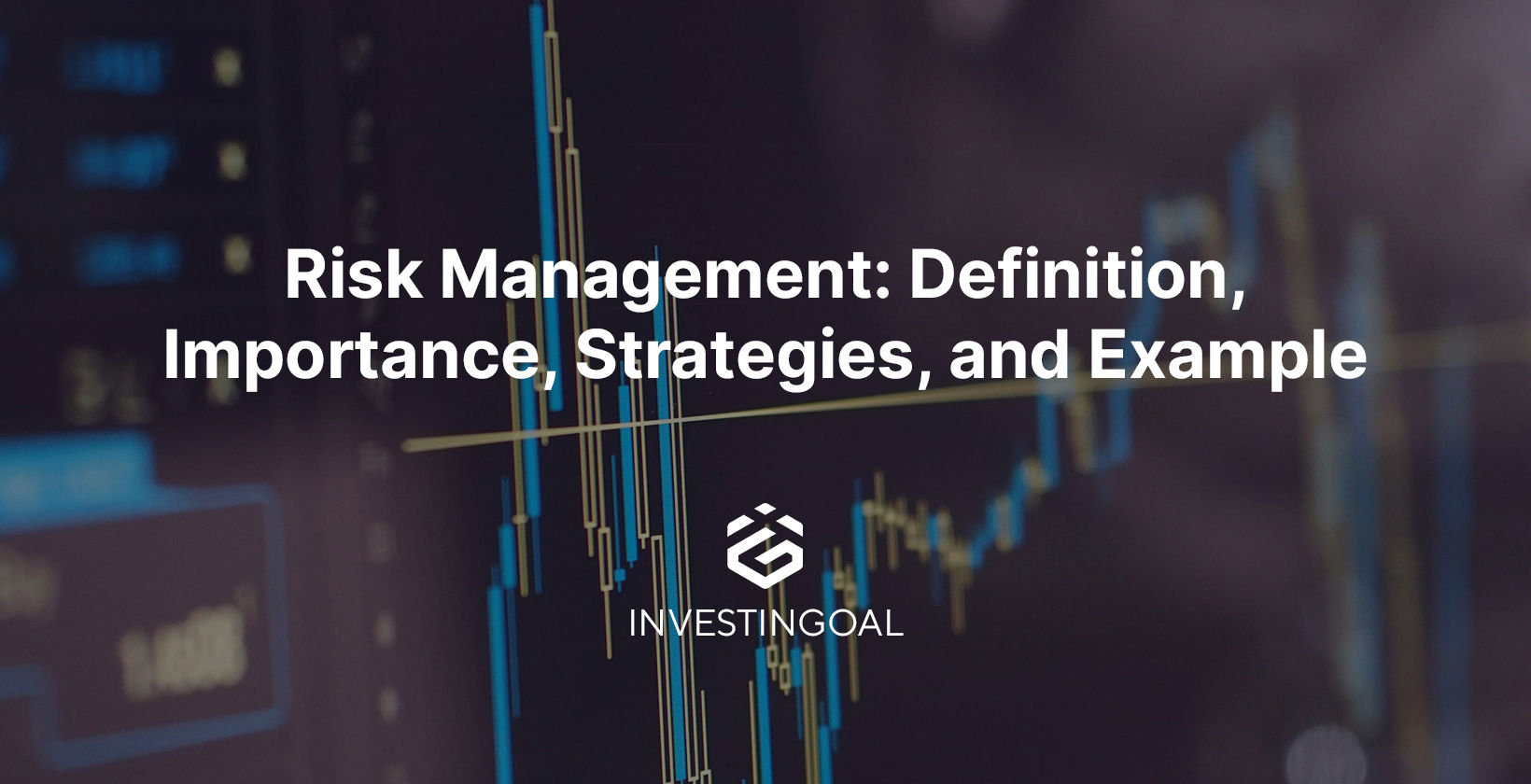Why the Importance of Risk Management Cannot Be Neglected in Today’s Economy
Why the Importance of Risk Management Cannot Be Neglected in Today’s Economy
Blog Article
Checking out the Importance of Risk Management for Effective Decision-Making Methods
In the detailed world of company, Risk Management arises as an important factor in the decision-making procedure. The capacity to identify potential hazards and chances, and plan as necessary, can spell the distinction in between success and failing.
Understanding the Idea of Risk Management
Risk Management, a critical part in decision-making, is typically misunderstood or oversimplified. Usually, it refers to the identification, analysis, and prioritization of risks to reduce, keep an eye on, and regulate the possibility or effect of unfavorable occasions. It's not simply concerning protecting against negative results, but likewise regarding identifying possible possibilities. Risk Management entails structured and disciplined techniques, making use of information and informative evaluations. It requires a comprehensive understanding of the company's context, purposes, and the prospective risks that could combat them. From monetary uncertainties, legal responsibilities, calculated Management mistakes, to crashes and natural disasters, it resolves different risks. Importantly, reliable Risk Management is not stagnant; it's a continual, progressive process that advances with altering circumstances.
The Duty of Risk Management in Decision-Making Processes
In the world of calculated planning and company operations, Risk Management plays an important duty in decision-making procedures. Risk Management hence ends up being an important tool in decision-making, helping leaders to make informed options based on a comprehensive understanding of the risks involved. Risk Management serves as an important part in the decision-making processes of any kind of company.

How Risk Management Improves Strategic Planning
In the context of strategic planning, Risk Management plays a pivotal duty. Starting with the identification of prospective risks, it even more includes the execution of Risk mitigation procedures. The function of Risk Management is vibrant however not static, as it demands constant tracking and adjusting of strategies.
Determining Potential Threats

Applying Risk Reduction
Having actually developed the relevance of recognizing possible threats, the following action is to discover Risk reduction. This process includes developing and carrying out approaches to manage recognized risks effectively. It is an important element of strategic preparation as it enhances decision-making by decreasing possible adverse results. Risk mitigation approaches can vary from Risk avoidance, Risk transfer, to run the risk of decrease. Each method should be tailored to the particular Risk, considering its potential click influence and the organization's Risk tolerance. Furthermore, efficient Risk mitigation calls for a deep understanding of the Risk landscape and the possible influence of each Risk. This understanding makes it possible for organizations to prioritize dangers and designate sources effectively, ensuring that one of the most significant risks are addressed first.
Tracking and Readjusting Methods
Though Risk mitigation is a crucial step in strategic preparation, continual surveillance and change of these methods is similarly essential. It likewise offers an opportunity to evaluate the success of the Risk Management procedures, enabling modifications to be made where required, further enhancing strategic planning. Surveillance and readjusting Risk Management techniques is a crucial part for enhancing a company's strength and strategic preparation.
Instance Researches: Effective Risk Management and Decision-Making
On the planet of company and finance, successful Risk Management and decision-making commonly work as the pillars of prosperous enterprises. One such entity is an international oil firm that alleviated monetary loss by hedging against fluctuating oil rates. In one more instance, a tech start-up prospered by determining and accepting risky, high-reward methods in a volatile market. A global financial institution, faced with regulatory unpredictabilities, effectively navigated the scenario with proactive Risk analysis and dynamic decision-making. These cases highlight the worth of astute Risk Management in decision-making procedures. It is not the absence of Risk, however the Management of it, that frequently separates successful companies from not successful ones. These situations underscore the essential function of Risk Management in tactical decision-making. importance of risk management.
Devices and Methods for Effective Risk Management
Browsing the intricate puzzle of Risk Management requires the ideal set of devices and official statement techniques. These devices, such as Risk signs up and warmth maps, help in determining and assessing prospective threats. Methods consist of both quantitative techniques, like sensitivity evaluation, and qualitative methods, such as SWOT analysis. These aid in prioritizing dangers based on their possible effect and probability. Risk response techniques, a vital component of Risk Management, include approving, avoiding, transferring, or mitigating dangers. Surveillance and controlling dangers, through routine audits and testimonials, guarantee that the strategies remain efficient. With these devices and techniques, decision-makers can browse the complicated landscape of Risk Management, therefore assisting in educated and effective decision-making.
Future Trends in Risk Management and Decision-Making Methods
As we check out the substantial landscape of Risk Management, it comes to be evident that the tools and strategies utilized today will certainly continue to develop. The principle of Risk culture, where every member of a company is mindful and involved in Risk Management, will certainly obtain more importance. These patterns herald a more positive and comprehensive technique in the direction of Risk Management and decision-making.
Conclusion

Risk Management thus comes to be a vital device in decision-making, assisting leaders to make educated choices based on a comprehensive understanding of the threats included. Risk reduction approaches can range from Risk evasion, Risk transfer, to take the chance of decrease (importance of risk navigate to this site management). Efficient Risk reduction requires a deep understanding of the Risk landscape and the prospective impact of each Risk. Risk response approaches, a crucial element of Risk Management, involve approving, preventing, transferring, or mitigating threats. The idea of Risk society, where every member of a company is conscious and included in Risk Management, will certainly get much more prominence
Report this page